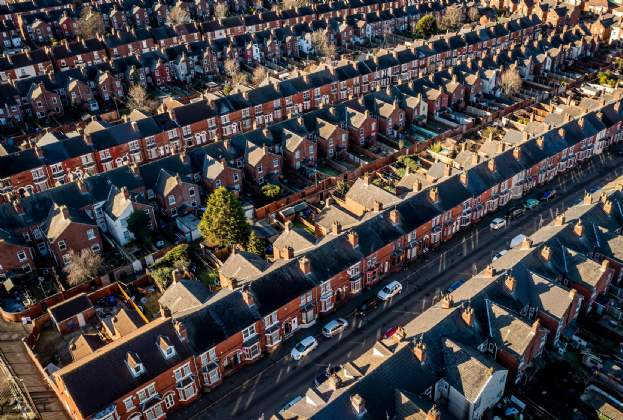It’s fair to say that the strong 2020 performance of many parts of the UK housing market surprised many commentators, myself included. For the first time in modern history, we saw the economy and the housing market go in different directions during a recession, as people’s reassessment of their housing needs held sway.
We ended the year with a lot of positive indicators. Nationwide reported annual price growth of 7.3 per cent, November transaction figures were up 13 per cent on the same month in 2019 according to HMRC, and, more emphatically, mortgage approvals were up 58 per cent according to the Bank of England – a very encouraging indicator of activity carrying over into 2021.
Our prime market indicators showed more modest price movements. Although activity levels were extremely strong across many prime market sectors, this was supported by pragmatic pricing as buyers and sellers remained mindful of the backdrop of economic and political uncertainty.
Across the prime regional markets price growth averaged 3.6 per cent in 2020, with the strongest growth in the £2 million+ country house market – a market that had previously lagged behind less rural markets – at 5.6 per cent. By contrast, prime central London saw further marginal adjustments (-0.4 per cent) as international travel restrictions suppressed market activity, while leafier outer prime London averaged growth of just 1.6 per cent. This means prime central London retains its ‘buy’ rating as values remain around 20 per cent below their 2014 peak.
So where does that leave us as we enter 2021? The striking of a trade deal with the EU has certainly reduced some of the risk to the housing market but, as set out in our recent cross sector report, we still expect a year of three parts dictated by the stamp duty holiday, the effect of the current lockdown on people’s desire to move on the one hand and their household finances on the other and, thirdly, the rollout of a vaccination programme.
Phase 1 The desire to beat the stamp duty holiday deadline will help sustain activity in the first quarter of 2021. Lockdown may make it harder to complete a purchase before the 31 March deadline and that is likely to put pressure on the Chancellor either to extend the holiday or provide some transitional relief, but there are no guarantees this will happen. We therefore expect a sense of urgency to complete sales early in the year, particularly in the middle part of the housing market where upsizers have the most to gain.
Phase 2 The end of the stamp duty holiday will coincide with rising unemployment as the furlough scheme comes to an end, which will slow activity and potentially lead to price volatility in the mainstream markets during the middle part of the year. While we expect the experience of the latest lockdown to increase people’s desire to move, the economic impact is expected to restrict their ability to do so in this period.
The prime market, however, is expected to be more insulated against these drivers given it is less reliant on the stamp duty holiday and buyers typically have greater wealth to fall back on.
Phase 3 Thereafter, the economy is forecast to begin to recover, with unemployment expected to fall as the vaccine rollout gains traction and people will begin to return to a more normal live-work pattern. That is likely to cause the housing market to pick up again in line with an improvement in consumer confidence.
At this stage we expect net price growth to be at or close to zero across most market segments, however market activity and the pattern of price movements will vary in these three phases. How and precisely when one leads into the next is perhaps the biggest unknown this year.
Further information
Read more: Residential Property Forecasts
Calculate the Stamp Duty payable on a residential purchase in England or Northern Ireland here
.jpg)
.jpg)
.jpg)
.jpg)
.jpg)

.jpg)
.jpg)
.jpg)
.jpg)
.jpg)